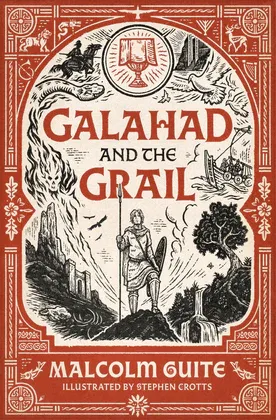Poetry Pie (July 20)

Your weekly slice of Poetry
> Longfellow
> Poe
> Tennyson
In terms of subject matter, poetry can take as many forms as can novels and short stories. There is poetry written as songs, theological discussions, prayers, and even full stories. A poem-story may seem a bit odd to many, since stories are most commonly experienced in novels, movies, and so on. Yet some of the oldest stories of history were written as poetry (The Iliad and The Odyssey, the Epic of Gilgamesh, etc.)
This Poetry Pie features poems that are more narrative in quality, whether by relating to older myths, or by the mode in which they are written. Two of them are longer than the typical English poem, though none take longer to read than 10 minutes (at most). Enjoy these stories as you read them, and take note of the ways that the poetry adds to the effect of the story. I would also say that they are all worthy of being read to children.
The Skeleton in Armor
Henry Wadsworth Longfellow (1807—1882)
Longfellow writes a narrative poem inspired by a real, armored skeleton that was discovered in Massachusetts. He crafts a Norse adventure around the skeleton, considering it as belonging to a long deceased Viking, who (as Vikings do) roved the sea and plundered its valuables. It follows the Viking's explanation of who he was and what were the most significant parts of his life, both his accomplishments and his love.
It is written in eight line stanzas with a rhyming pattern of AAABCCCB. The "B" lines are slightly shorter in length and serve as a sort of refrain to the stanza. The Tennyson poem to come uses stanzas of a very similar structure.
Eldorado
Edgar Allan Poe (1809—1849)
Unlike the poems before and after this, Eldorado is not very long. It does, however, capture the spirit of a mythological poem, giving us a brief vision of a "gallant knight" in search of the fabled Eldorado. Sometimes the brevity of a poem can encourage more wonder as we read. Our minds are filled with imagination as we fill in the narrative gaps that are missing.
The Lady of Shalott
Alfred, Lord Tennyson (1809-1892)
This narrative poem is one of Tennyson's most famous. It recounts the story of a woman trapped in a tower on the Island of Shalott, overlooking the land near the fabled Camelot. As the poems above, it connects us with a story and myth that is quite beyond us.
In terms of form, notice the similarity with "The Skeleton in Armor." There is the pattern of repeated rhymes (three or four lines in length), which is then broken by the shorter refrain that typically contains the word "Shalott." The repetition of consecutive rhymes often has the effect of building up tension, which is then released by these refrains.
Speaking of narrative poetry, The Rabbit Room is scheduled to release the first volume of a new Arthuriad, called Merlin's Isle. This is being written by the wonderful Malcolm Guite with gorgeous illustrations by Stephen Crotts. It is set to release in Spring of 2026 and seems to be well worth the pre-order.
The Pale Rose
G. Abram Newcomer
I've included my most recent poem, even though it is not narrative in nature. This sonnet was written for my wife, who I personify as a beautiful rose that has turned pale due to the circumstances around it. As my wife has struggled with chronic illness for most of her adult life (being heightened the last 3 years), I've frequently thought about how this experience has changed her. She's gone through such difficulty, yet it is clear to me how this has worked even more beauty into her. I still pray that God will "warm her shadows" away, but I also trust that he is sustaining her, even when the sun seems far away.
I hope you were able to slow down this Sunday and enjoy these poems! Until next time.


Discussion